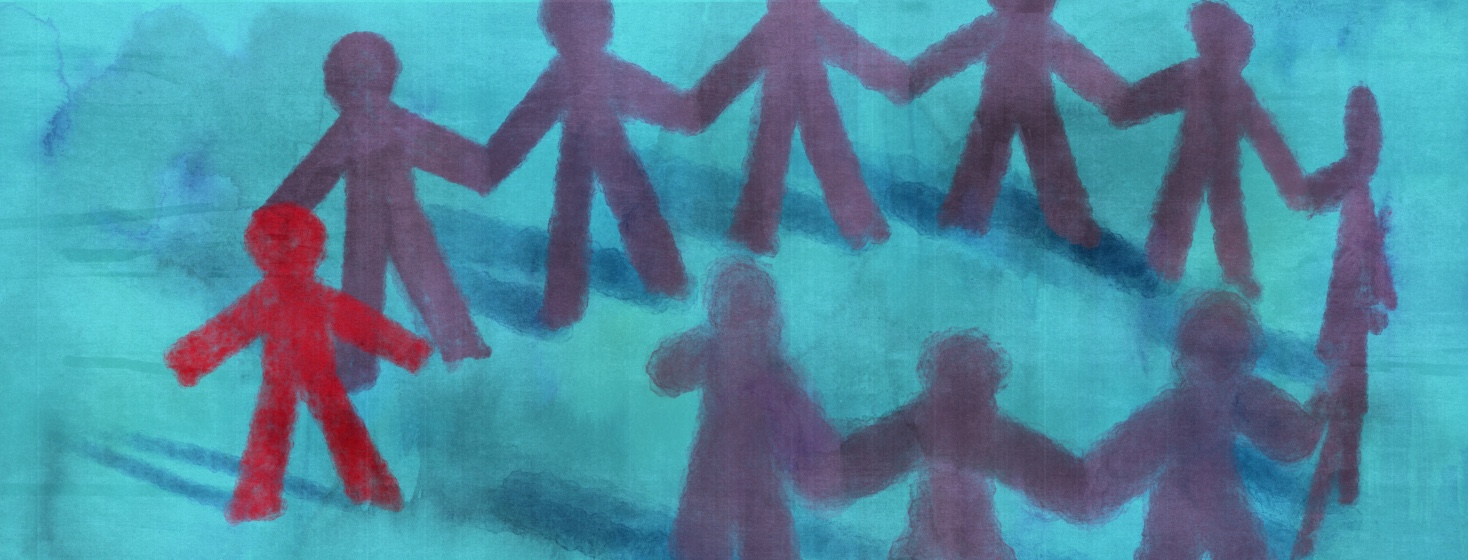Healing Circles, Part 1
As most of you will probably know if you've read any of my posts/articles or followed my personal blog NoHalfMeasures, I'm a pretty concrete person in an often very squishy world. I often struggle to connect with my own feelings and don't always respond well in the moment to the feelings of others if I don't have time to process them.
Whether it's from my personality or training or both, I tend to live in my brain and only feel later when all the thinking is done, mostly at night. And then sometimes I don't fully connect until I take the time write about them.
So this is who I am.
And then I was invited to several healing circles.
What is a healing circle?
Well, I'm glad you asked!
The first Healing Circle I was invited to participate in was hosted by a woman in the Stage IV Metastatic Breast Cancer (MBC) community and was trained through Healing Circles Global. They don't have any magic formulas, just their own way of looking at healing circles and they have training and certification courses. Everyone I've known who has trained with them has been very happy about that experience. I personally have not.
The idea of the healing circle goes back to early human history when our forebears sat around a fire, telling stories. For many generations, before writing and books and other ways of recording history, most of our history was told in stories that were passed down to the next groups.
A healing circle mimics this tradition, often overtly by lighting a candle or sitting around a fire pit to evoke these visceral memories. Circles themselves ensure that there is a visual demonstrating that everyone is equal, everyone is welcome, and eye contact can be made with everyone.
When one person is holding the talking "stick" or another item that shows that person has the floor, that person is the only one talking.
Learning the process of a healing circle
The biggest thing about healing circles that floored me was the requirement to simply bear witness. The idea of "cross-talking" or responding to the speaker in the circle is prohibited. The members of the circle are not there to fix or to help, just be. I had to bite my tongue and mute myself and work hard to just listen, just be.
And I confess to following up afterward to check on the person sharing and often offering resources then, just to assuage my conscience that I'd done all I could to help.
As I was learning more about this process, I came across a National Institute of Health study. While the study may be focused on Native American populations and how harnessing the traditions of a specific people group rather than attempting to change those instincts is productive, it does scientifically demonstrate that there is room for the use of talking or healing circles in the medical context to address the whole person.1
Isn't that what we all want, for our medical treatment to address us as whole people?
Other methods similar to healing circles
I do also want to mention that there is a slightly different way of applying some of the same principles and that is addressed in the book, The Circle Way: A Leader in Every Chair.
There is also a website that covers these principles where you can read more here. The Circle Way can be applied in professional and other contexts, not just where healing is the focus. At the end of the day, the methods may be slightly different, but the underlying values and justification are so very similar to be nearly identical.
And so, with this information, with this data, how do healing circles work in the MBC Community? Stay tuned for part 2.

Join the conversation